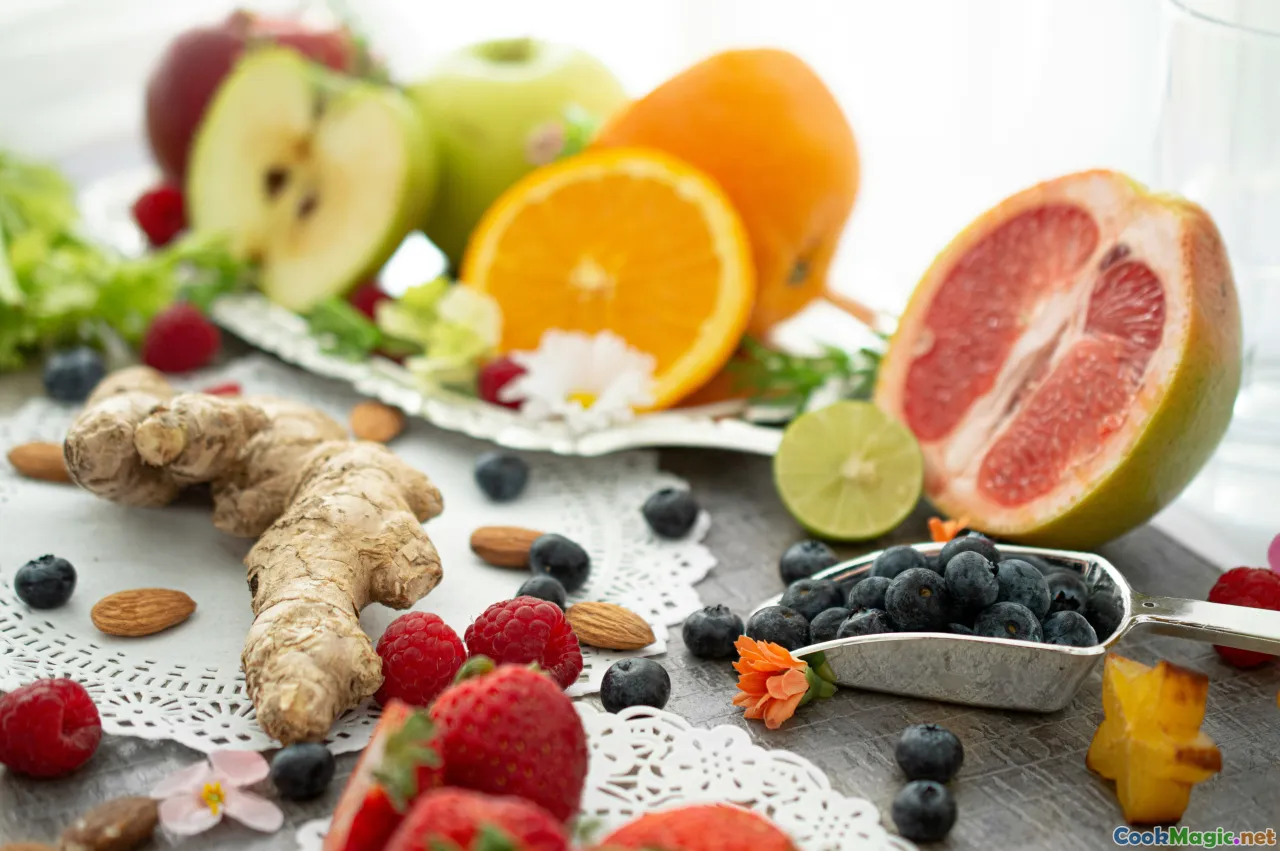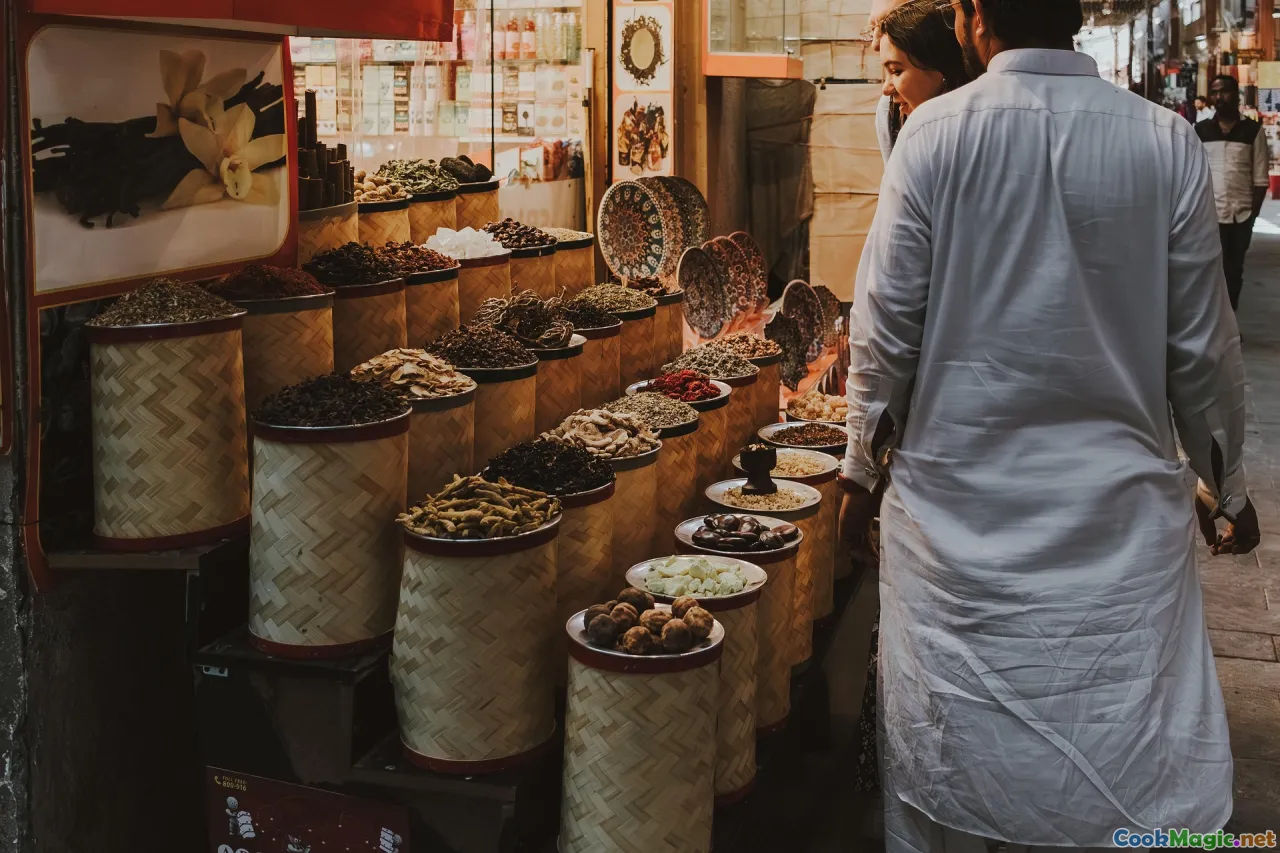The Power of Antioxidants in Diet
11 min read Discover how antioxidants boost health and enhance wellness through delicious, antioxidant-rich foods and culinary practices. July 18, 2025 09:05
Embracing the Vibrant World of Antioxidants: A Culinary Journey
Imagine biting into a perfectly ripe blueberry—its subtle tartness bursting on your tongue, releasing a cascade of deep purple juice that leaves a tangy sparkle lingering long after. Or the golden glow of freshly sliced turmeric, its earthy aroma stirring memories of spice markets in Marrakech. These sensory delights are not just treats—they are the gateways to understanding how antioxidants elevate our health through the vibrant tapestry of global cuisines.
Antioxidants are nature’s powerful defenders, silently working within us to neutralize free radicals — unstable molecules that can cause oxidative stress, damaging cells and accelerating aging and disease. As culinary enthusiasts, delving into the colorful world of antioxidants isn’t merely about health; it's about enriching our connection to food, culture, and wellness in a way that stirs both the senses and the soul.
The Cultural Tapestry of Antioxidant-Rich Foods
Throughout history, societies across the globe have revered certain ingredients for their medicinal and dietary benefits, often intertwined with cultural rituals and traditions. These ancient practices shed light on the profound understanding that the foods we eat carry potent healing properties, especially those laden with antioxidants.

For instance, in Japan, the ancient art of green tea brewing is a ritual etched into daily life. Matcha—finely powdered green tea leaves—boasts a vigorous dose of catechins, a class of antioxidants credited with boosting metabolism and preventing chronic illnesses. Sipping smooth, verdant tea in a serene tea house evokes centuries of harmony between nature and nourishment.
In the Mediterranean basin, the lavish use of olive oil amplifies the flavors of dishes while delivering potent phenolic compounds. Consider the humble Greek salad, with slices of ripe tomatoes, briny feta, and pungent oregano drizzled with extra-virgin olive oil—the embodiment of a heart-healthy antioxidant-rich meal. These staples are embedded in cultural identities, offering culinary comfort and health benefits concurrently.
Journeying to Asia, turmeric has played a vital role in Indian Ayurveda for thousands of years. This vibrant, orange spice lends a warm bitterness to dishes like golden dal or fragrant biryanis. Curcumin, its active compound, is a formidable antioxidant known for its anti-inflammatory properties, making it a cornerstone of traditional medicine and cuisine.
From the Farmer’s Market to the Plate: Selecting and Preparing Antioxidant Foods
The freshness and quality of antioxidant-rich ingredients directly impact their health benefits. Here's how to select, store, and prepare these foods for maximum impact.
Selecting Vibrant, Fresh Ingredients
- Berries: Look for plump, heavily-colored berries—blueberries, blackberries, raspberries—that are firm but yield slightly to gentle pressure. Their vibrant hues signal high anthocyanin content.
- Cruciferous Vegetables: Kale, broccoli, and Brussels sprouts should boast vivid green coloring without yellowing or wilting. Their antioxidants are sensitive to light and heat, so prioritize freshness.
- Spices: Turmeric, ginger, cinnamon—select vibrant, aromatic spices stored in airtight containers, free from moisture or discoloration.
- Nuts and Seeds: Almonds, walnuts, chia seeds have intense flavor and texture; choose those with earthy aroma and minimal damage.
Storing and Preserving
- Keep berries refrigerated in breathable containers.
- Store spices in a cool, dark place to preserve potency.
- Freeze surplus herbs and nuts to maintain freshness.
Cooking Tips for Optimal Nutrient Retention
- Light steaming enhances, rather than destroys, antioxidants in vegetables.
- Incorporate raw elements like berries in salads or yogurts.
- Use minimal processing—prefer sautéing with gentle heat over high-temperature frying.
- Pair antioxidant-rich ingredients with healthy fats (olive oil, avocado) for better absorption.
Showcasing Antioxidants in Culinary Creations: From Simple to Sublime
A dish is more than its ingredients; it’s a dance of flavors, textures, and colors that evoke emotion and memory. Here are ideas to elevate your cooking with antioxidant-rich foods.
Innovative Breakfast Ideas
- Berry Chia Pudding: Layer wild blueberries, raspberries, and creamy Greek yogurt topped with toasted almonds. The sweetness of berries and crunch of nuts ignite a symphony of textures.
- Turmeric-Spiced Scrambled Eggs: Whisk eggs with a pinch of turmeric, black pepper, and chopped spinach. Serve with toasted whole-grain bread—bright, savory, and nourishing.
Sprightly Lunch and Dinner
- Mediterranean Quinoa Salad: Combine cooked quinoa with cherry tomatoes, chopped cucumber, kalamata olives, and crumbled feta. Drizzle with extra-virgin olive oil and lemon juice—an antioxidant boost in every bite.
- Indian-Inspired Lentil Curry: Use turmeric, ginger, garlic, onions, and spinach in a slow-cooked lentil stew. Serve with steaming basmati rice or naan.
Satisfying Snacks and Desserts
- Seed and Nut Energy Bars: Blend dates, mixed nuts, chia seeds, and cacao nibs. Bake or refrigerate into dense, chewy bars packed with antioxidants.
- Dark Chocolate with Spiced Nuts: Opt for 70% dark chocolate sprinkled with roasted spices—double indulgence of flavor and antioxidant power.
The Science Behind the Flavors: How Antioxidants Work
Understanding their molecular magic invites us to appreciate the subtlealchemy at play. Catechins in green tea, resveratrol in red wine and grapes, anthocyanins in berries, curcumin in turmeric—all these compounds share a common trait: their ability to neutralize free radicals.
Free radicals are like mischievous balloons drifting through the cellular landscape, capable of puncturing membranes and damaging DNA. Antioxidants act as vigilant guardians, donating electrons to stabilize these particles and prevent chain reactions that lead to aging and disease.
Research shows that diets rich in antioxidants correlate with lower risks of cardiovascular disease, neurodegeneration, and certain cancers. While no food is a panacea, the cumulative effects of including diverse antioxidant sources in your meals forge a resilient biological armor.
Personal Stories: Food as Medicine and Memory
My journey with antioxidant-rich foods took an unexpected turn during a trip to Sicily. Walking through an open-air market in Palermo, I encountered mounds of sun-ripened tomatoes, shiny eggplants, and hills of fragrant basil—ingredients woven into countless local dishes.
One evening, I helped prepare caponata—an aubergine and tomato stew simmered with capers, olives, and toasted pine nuts. The aroma of roasting vegetables, mingled with garlic and oregano, was intoxicating. As I tasted this rustic dish, I felt a deep connection to generations of Sicilian cooks who cultivated health and happiness in every ingredient.
This experience illuminated the potent role of food—its colors, smells, and textures—in nurturing not just the body but also the mind and spirit.
Practical Tips for Incorporating More Antioxidants Into Your Kitchen
- Diversify Your Plate: Incorporate a rainbow of fruits, vegetables, spices, and nuts each day.
- Experiment with Cultural Recipes: Explore dishes from different cuisines—kimbap from Korea, tagines from Morocco, or ceviche from Latin America—that highlight antioxidant-rich ingredients.
- Seasonal and Local: Choose seasonal produce for peak nutrient density and supporting sustainable practices.
- Mindful Preparation: Prioritize raw or minimally processed foods, respecting the integrity of delicate antioxidants.
- Daily Ritual: Make a habit of starting your day with a berry smoothie, herbal tea, or spice-infused oatmeal.
Celebrating Wellness Through Flavor
Food is one of life’s most delightful pleasures, and when infused with the power of antioxidants, it transforms into a medicine cabinet on your plate. The fiery kick of ginger, the zingy sweetness of pomegranate, the aromatic earthiness of turmeric—each ingredient a testament to the rich heritage of nature’s bounty.
In our pursuit of health, let’s remember that culinary magic lies in balance, color, and authenticity. Filling our meals with antioxidant-rich ingredients is not just a health choice; it’s an act of honoring cultural traditions, embracing sensory pleasures, and nurturing ourselves holistically.
So the next time you slice into a ruby-red ripe berry or sprinkle turmeric onto a steaming bowl of lentils, savor it with awareness. Because in those moments, you’re participating in a timeless dance—an alchemy of flavor and wellness that sustains and elevates the human spirit.









